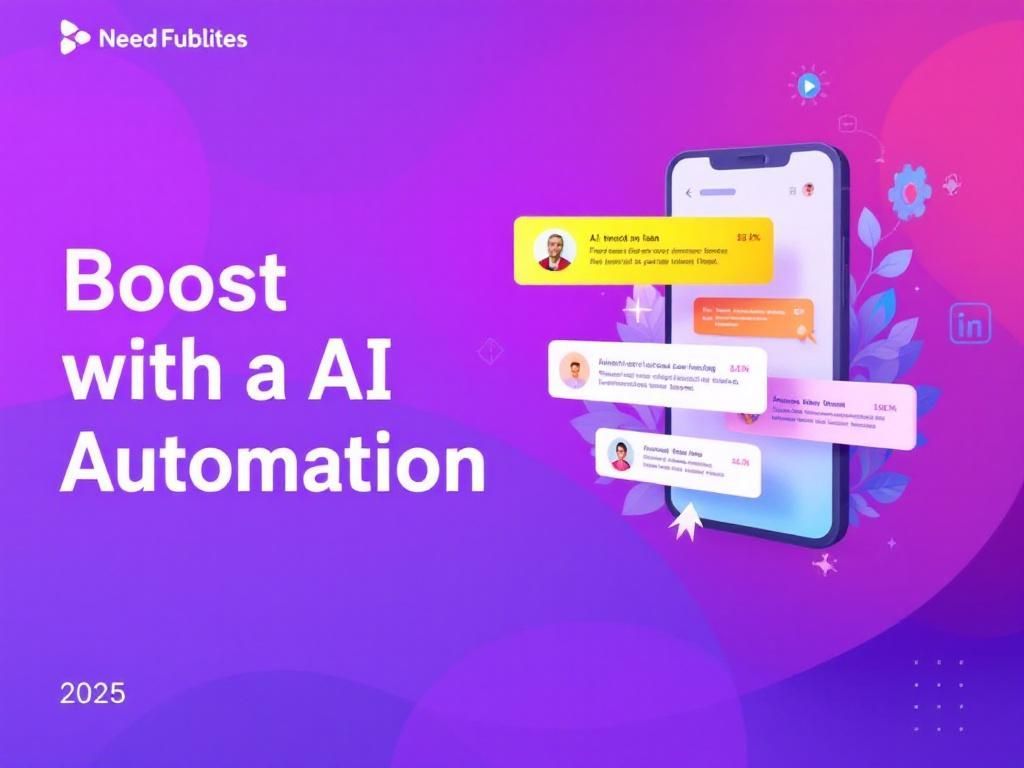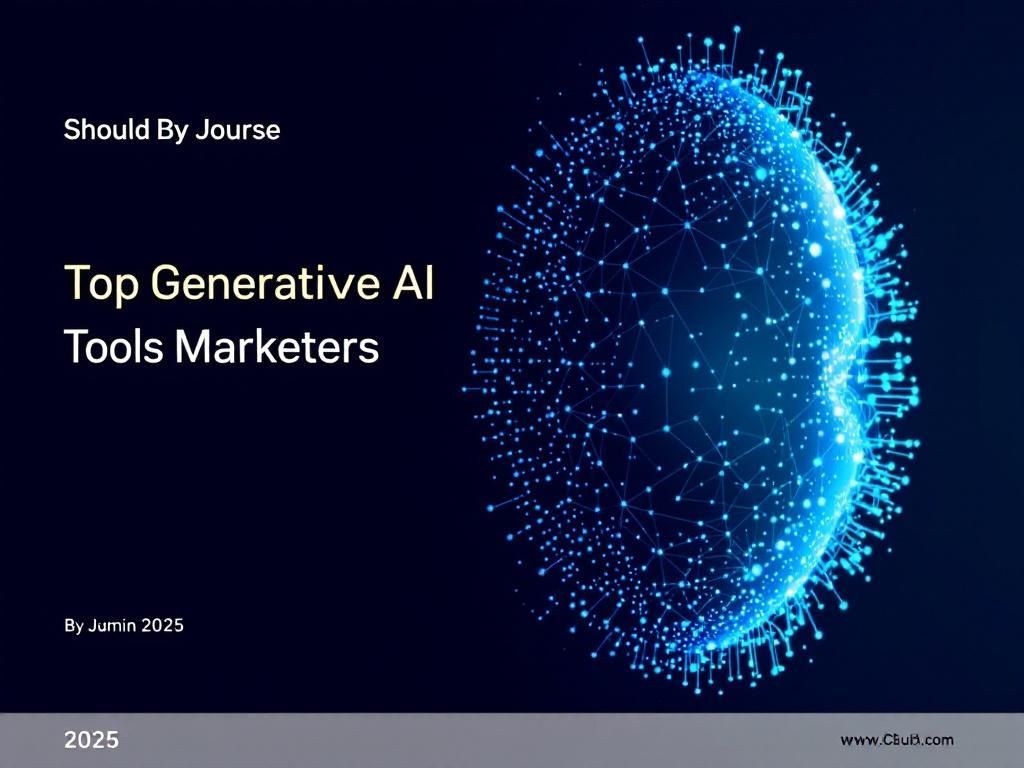In today’s fast-paced digital landscape, businesses are constantly seeking innovative methods to engage customers and boost conversions. One of the most transformative technologies in this realm is AI chat automation. By implementing automated chat systems powered by artificial intelligence, organizations can streamline customer interactions, reduce response times, and ultimately drive more leads. As we look ahead to 2025, understanding the nuances and potential of AI chat automation will be crucial for businesses aiming to stay competitive.
The Rise of AI in Customer Engagement
Artificial intelligence has revolutionized various industries, and customer engagement is no exception. As consumers become more accustomed to instant communication, the demand for prompt and effective customer service grows. AI chat automation addresses this need by offering:
- 24/7 Availability: Unlike human agents, AI chatbots can operate around the clock, ensuring that customers receive immediate assistance at any time.
- Scalability: As businesses grow, handling customer inquiries can become overwhelming. AI bots can manage thousands of conversations simultaneously, enabling seamless scaling.
- Cost Efficiency: Reducing the need for a large customer service team can significantly cut operational costs.
Understanding Chatbot Technology
At the heart of AI chat automation lies sophisticated technology that drives chatbot functionality. Here’s a breakdown of the components involved:
Natural Language Processing (NLP)
NLP is a field of AI that focuses on the interaction between computers and humans through natural language. Key features include:
- Text Understanding: Bots can recognize and interpret user inputs.
- Contextual Awareness: Advanced NLP allows bots to maintain context across multiple interactions.
- Sentiment Analysis: Bots can gauge customer emotions and adjust responses accordingly.
Machine Learning
Machine learning algorithms help chatbots improve over time. Key attributes include:
- Data Learning: Bots learn from previous interactions to enhance response accuracy.
- Predictive Analysis: Bots can anticipate user needs based on historical data.
- Feedback Mechanisms: Continuous feedback helps in refining bot performance.
Optimizing Your Chatbot for Lead Generation
To maximize the potential of AI chat automation for lead generation, businesses should consider the following strategies:
1. Define Clear Objectives
Before integrating a chatbot, it’s essential to determine its primary function. Common objectives include:
- Collecting user information
- Qualifying leads through interaction
- Scheduling appointments or demos
2. Personalization
Personalized interactions significantly improve engagement rates. Utilize data to tailor conversations, such as:
| User Data | Personalization Strategy |
|---|---|
| Geographic Location | Offer location-based services or promotions |
| Past Purchases | Recommend related products or services |
| User Behavior | Provide targeted follow-up messages based on interaction history |
3. Use Conversational Flows
Creating intelligent conversational flows ensures that customers receive relevant responses. This can involve:
- Crafting engaging prompts
- Implementing decision trees for guided navigation
- Employing fallback mechanisms for unrecognized queries
Measuring Success
To determine the effectiveness of AI chat automation, businesses must establish key performance indicators (KPIs). Here are some essential metrics:
Conversion Rate
This metric tracks how many chatbot interactions result in a lead or sale. A high conversion rate indicates effective engagement strategies.
Response Time
Measuring how quickly the chatbot responds to inquiries can provide insights into user satisfaction.
User Retention
Analyzing repeat user interactions can help gauge the chatbot’s success in building customer relationships.
Challenges and Considerations
While AI chat automation holds immense potential, several challenges remain:
1. Ensuring Data Privacy
With increasing regulations around data protection, businesses must ensure that customer data is handled securely and transparently.
2. Overcoming User Skepticism
Some users may prefer human interaction. Providing smooth transitions between chatbots and human agents can alleviate concerns.
3. Continuous Improvement
Regular updates and enhancements are necessary to keep up with evolving customer expectations and technological advancements.
Future Trends in AI Chat Automation
As we approach 2025, several trends are likely to shape the future of AI chat automation:
1. Enhanced Integration with Other Technologies
Chatbots will increasingly integrate with various platforms and tools, such as:
- Customer Relationship Management (CRM) systems
- Social media messaging apps
- Analytics platforms for deeper insights
2. Greater Use of Voice Assistants
The rise of voice-activated technology will lead to more conversational interfaces that allow users to interact with bots through voice commands.
3. Advanced Emotional Intelligence
Future chatbots will possess improved emotional intelligence, enabling them to better understand and respond to user emotions.
Conclusion
AI chat automation is set to redefine how businesses engage with customers, particularly as we look toward 2025. By embracing this technology, companies can enhance customer experiences, streamline operations, and ultimately drive more leads. As the landscape continues to evolve, staying ahead of trends and challenges will be paramount for those seeking to leverage this powerful tool effectively.
FAQ
What is AI chat automation?
AI chat automation refers to the use of artificial intelligence technology to manage and automate customer interactions via chat platforms, providing instant responses and support.
How can AI chat automation boost leads?
AI chat automation can boost leads by engaging visitors in real-time, answering queries promptly, and guiding them through the sales funnel, ultimately increasing conversion rates.
Is AI chat automation suitable for all businesses?
Yes, AI chat automation can be tailored to suit various industries and business sizes, making it a versatile solution for enhancing customer engagement.
What features should I look for in an AI chat automation tool?
Key features to consider include natural language processing, multi-channel support, analytics and reporting, customization options, and integration capabilities with other tools.
How do I implement AI chat automation in my business?
To implement AI chat automation, choose a suitable platform, define your customer interaction goals, design conversation flows, and integrate the tool with your existing systems.
What are the benefits of using AI chat automation for customer support?
Benefits include 24/7 availability, reduced response times, improved customer satisfaction, and the ability to handle a high volume of inquiries simultaneously.




